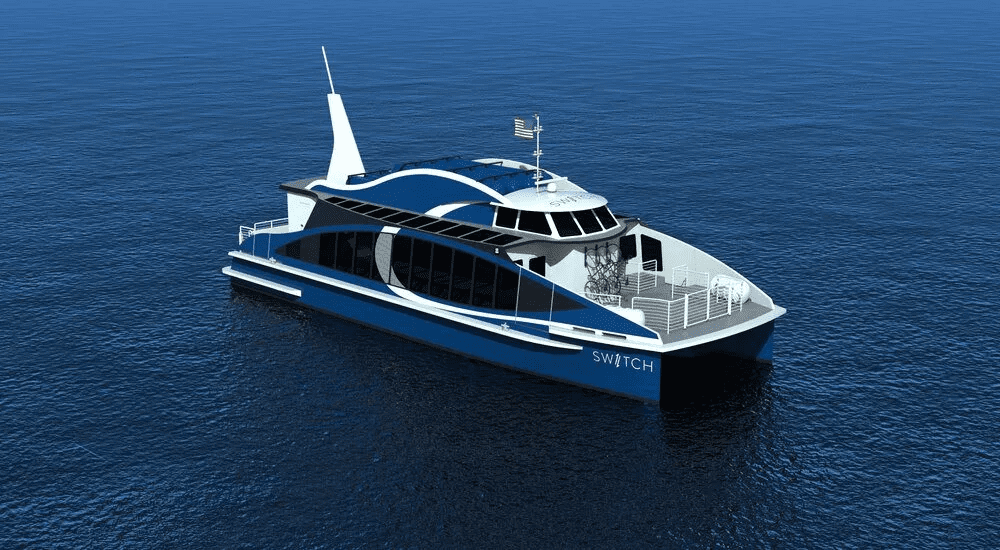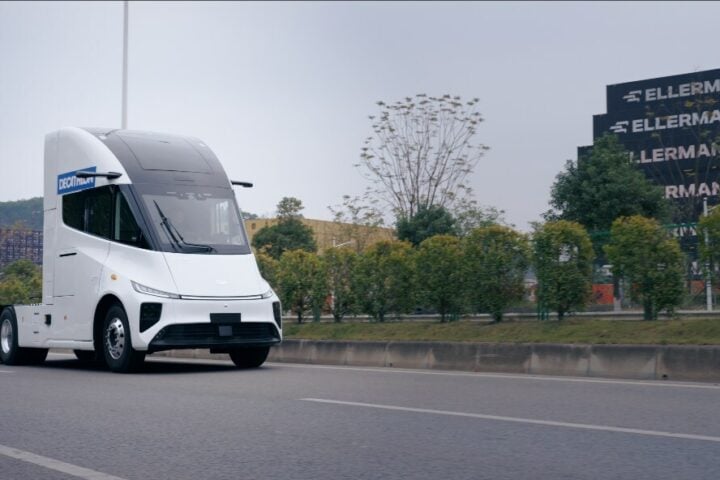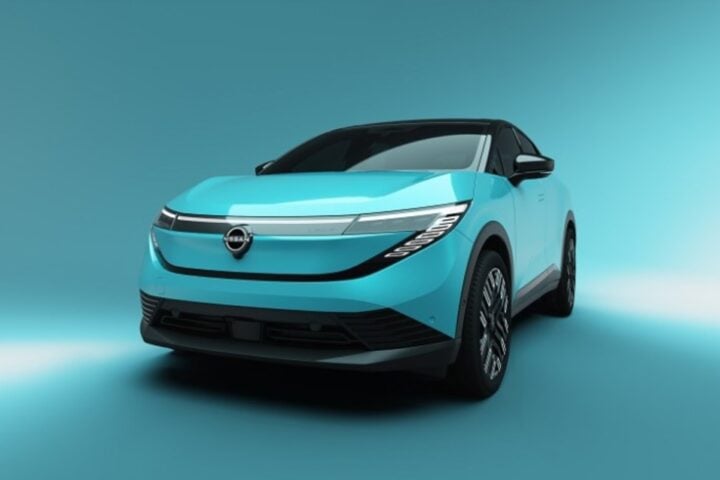The first commercial hydrogen-powered vessel in the US is the Sea Change, which is an example of the maritime industry transitioning away from fossil fuels. As within it lie 10 hydrogen storage tanks that store 246 MG of compressed hydrogen gas, the sleek and glossy exterior of the Sea Change (SC) is just a disguise.
The SC is a milestone in the industry’s zero-emissions journey, with the ability to operate for about 16 hours before needing to be refueled. The California Air Resources Board funded the project with a grant of $3 million as part of the state’s larger investment initiative to reduce greenhouse emissions.
About 3% of total greenhouse gas emissions globally are accounted for by the maritime industry, making it more difficult to decarbonize. The shipping industry and passenger ferries are among the biggest contributors to greenhouse gas emissions in the industry.
The Sea Change is an important step in the right direction, as the San Francisco Bay Area Water Emergency Transportation Authority seeks to phase out diesel-powered ferries by 2035. Hydrogen fuel cells and batteries power the ferry, which allows it to operate for around 150 nautical miles at a cruising speed of 12 knots.
The SC is the world’s first hydrogen-powered ferry and was developed with $3 million in state funding by Switch Maritime. The use of hydrogen cells by the ferry is seen as a pathway to zero-carbon solutions for large, high-horsepower applications like ships.
The next step in completely decarbonizing the ferry sector could be the use of green hydrogen. As an option, batteries are heavy, costly, and require frequent recharging, making hydrogen a more attractive alternative. The SC is a small portion of green energy pilots, but it is paving the way for other zero-emission alternatives.
Chief Executive of Zero Emission Industries, Joe Pratt, helped bring the SC to life nearly a decade ago while working at Sandia National Laboratories to develop hydrogen fuel cell technologies for the maritime industry.
The SC project is part of the state’s larger investment initiative that puts billions of dollars in cap- trade dollars toward reducing greenhouse emissions. The most abundant element on the planet, hydrogen, does not emit greenhouse gases when burned, making it an attractive alternative to fossil fuels.
The SC demonstrated that hydrogen cells can help the industry move away from fossil fuels. Challenges are faced by clean energy solutions like the SC when it comes to transportation services that run on tight timetables and require longer routes without refueling.
The size and scale of the maritime industry are one reason it has been tagged behind zero-emission alternatives compared with other modes of transport. The 10 hydrogen storage tanks of the SC store about 50 Teslas worth of batteries, making it a powerful and innovative zero-emission vessel.
Hydrogen fuel cells could be the future of the maritime industry, with the potential to move toward zero emissions on larger, high-horsepower applications like ships.


















